Think of Gachibowli area in the evening and the image of endless rows of red taillights of slow-moving vehicles comes into mind. During monsoons, there is a reflection of taillights on the ground. Motorists curse, whine, take to social media about the problem but the situation on the ground has remained the same.
Officials from the Cyberabad Traffic Police say that the congestion is observed at junctions, including Kukatpally, Miyapur, Raidurgam, Gachibowli and Balanagar.
Contrasting landscapes of Cyberabad with high-rise buildings and IT parks to crowded food streets and markets, to densely-populated residential areas, traffic snarls remain a constant for commuters, particularly during peak hours when the congestion levels escalate sharply.
The average congestion length across the commissionerate varies between 0.6 kilometres to 30.7 kilometres during the day with waiting time close to three minutes, according to data from the Cyberabad Traffic Police. With a relatively low start in the early morning hours, the first major peak occurs at 9 a.m., where congestion reaches 13.8 kilometres in length. Following a brief decline in midday traffic, the most significant congestion is recorded between 6 p.m. and 7 p.m., where traffic stretch peaks at 30.7 km and remains high until around 9 p.m. before tapering off.
The traffic police identified 60 congestion points across the commissionerate. The traffic police recorded over 500 congestion alerts between January-July across top 25 hotspots, including Gachibowli and Khajaguda junctions, Suchitra, Kukatpally Y junction, Kaithalapur Ground, Alwyn junction, Ikea Rotary, Gulmohar Park, Shilpa flyover, Madhapur C Gate and N Convention, Cyber Towers, Anjaiah Nagar and Masjid Banda among others.
While stretches between Shaikpet to Biodiversity, JNTU – Cyber Towers – Ikea, ORR to Gachibowli, Alwyn X road to Gachibowli, Serilingampally to Gachibowli, Kaithalapur to NIA road, IIITH to Kokapet rotary and Khajaguda to Nanakramguda are typically known to experience the highest traffic volumes, the list of affected areas is only increasing.
“I have been residing in Alwal since I started riding a motorcycle about 15 years ago. People had a notion of how they heave a sigh of relief once they crossed Karkhana while travelling towards Alwal from Patny. That’s no longer the case. The situation has gone from bad to worse during peak rush hour in this side of the city too. It takes me close to an hour to reach home from Begumpet, which is double what it would take me at least four years ago,” said K. Vishal, a private employee working in Gachibowli.
While Tito George, manager at a private firm from Bolarum stressed the situation in Kompally-Balanagar stretch has worsened with the construction of the flyover. “While the stretch remains hectic for traffic, with the construction of the flyover, the dust is so much that it gets hard to breathe,” he said.
“Another issue is that the U-turn towards dairy farm road to avoid Suchitra junction is so far that commuters end up taking the wrong route to save time. This causes high beams to flash into the commuters on a highway road. There used to be traffic cops at this junction, but they are not to be seen anymore,” Mr. Tito added.
Raja Shekhar, an IT employee from KPHB attributed the congestion in KPHB and Miyapur areas to the return of employees to the office and growing number of four-wheelers in the area. “The situation worsens during the rainy season, compounded by water clogging in the area. While the Metro provides some relief for commuters, bus and bike journeys remain challenging for many. Although the police are making efforts to identify traffic congestion points, the effectiveness of these measures remains uncertain given the ongoing increase in settlements and the number of four-wheelers,” he said.
With the return of work from the office, the commissionerate has recorded a sizable increase in traffic volume. To put things into perspective, a single IT park in Hitec City records two lakh vehicles per day.
Interventions by traffic police to decongest include road expansion (particularly between Cyber Tower – Yashoda Hospitals), electric pole relocation, staggered shift and centralised transportation for IT employees, tracking of vehicular movement data through the 471 traffic cameras including pan-tilt-zoom (PTZ) and regular field studies, deployment of traffic marshals and free left/U-turn facilitation on need basis.
Published – October 27, 2024 06:45 pm IST








